For thousands of years, the charm of precious metals has mesmerised societies. In addition to their visual appeal, they have played a significant role in society and economy throughout human history. Therefore, it would seem reasonable that some of the most driven business people would put their talents to the test and carve out a livelihood from the precious material. In this article, we will know how to start a precious metals business also we will find Is Precious Metals a good career path who wants to start career in this field.
Even for individuals who only want a short side gig, this may be easier than ever before, in part because of the internet and the delights of marketing. Here are some crucial things to think about if you want further guidance on where to begin.
Table of Contents
What type of business do you want to operate first?
In the realm of precious metals, there are several paths one may take. Research is the first step, regardless of whether one chooses to put on hiking boots and look for the lost Incan gold or invest in silver mining firms via a smartphone.
Success in this venture, as in most others, will largely depend on your capacity to identify market trends, avoid supply and demand traps, and effectively promote your company to your intended customer base. As each precious metal has its own set of obstacles to overcome, it may be worthwhile to focus your first study on only one type at a time.
Specialised in
Beyond money, precious metals are used for a variety of purposes. Jewellery is among the greatest and most glaringly evident examples.
It might help you start specialising if you consider the path you want to take for your company and the precise ways you want to use your sparkling new materials.
If you want to start manufacturing jewelry, it may be worthwhile to visit cdocast.com for some excellent advice on which tools to buy and how the pros do it.
Finding your precious metals
It is normally advisable to have many suppliers under consideration at any one moment, as locating a dependable one is vital. Superior materials are another indicator of a precious metal supplier’s dependability. Since quality control will eventually affect almost every area of your business, it is actually a crucial component of this sector.
For instance, if you purchase lower-quality raw materials with the intention of selling them later, this might have a negative impact on your reputation as a legitimate vendor.
Higher quality, on the other hand, talks louder, so compromising for something mediocre in order to save a few dollars—especially when it comes to gold—could backfire.
Creating a Presence Online
If people can’t discover you in the first place, they won’t be able to purchase your goods! Building your business online with a stunning website that showcases your precious metals in all their brilliant glory is a great place to start. In today’s corporate world, having a consistent brand voice and adopting a certain look are essentially must, especially if you want to differentiate yourself from competitors in the market.
Do you need a license to sell precious metals?
Yes, a precious metals dealer’s licence is required in order to sell precious metals in bulk. If you are not the subject of a criminal or administrative inquiry, most states will grant you a commission. But there’s an annual cost of up to $200 that you have to pay. Furthermore, a minimum net worth of $10,000 may be required in some jurisdictions, such Ohio.
Of course, you do not require a licence to purchase and sell precious metals if you are a commodity trader employed by a prop firm or as a retail trader.
What’s the most expensive precious metal
Ever ponder why individuals keep their gold in safes? And why is the tableware in your household usually so immaculate? That makes sense considering that both silver and gold are considered valuable metals. The top 10 most valuable metals in the world are shown below. Precious metals are rare, economically significant metallic chemical elements that exist naturally.
Compared to most other elements, precious metals have lower chemical reactivity (see noble metal). They are often ductile and have a high gloss. Although they were formerly used as money, precious metals are now mostly employed as industrial and investment commodities. There is a currency code for gold, silver, platinum, and palladium: ISO 4217. But certain precious metals are much more valuable and sought after than others.
Rhodium.
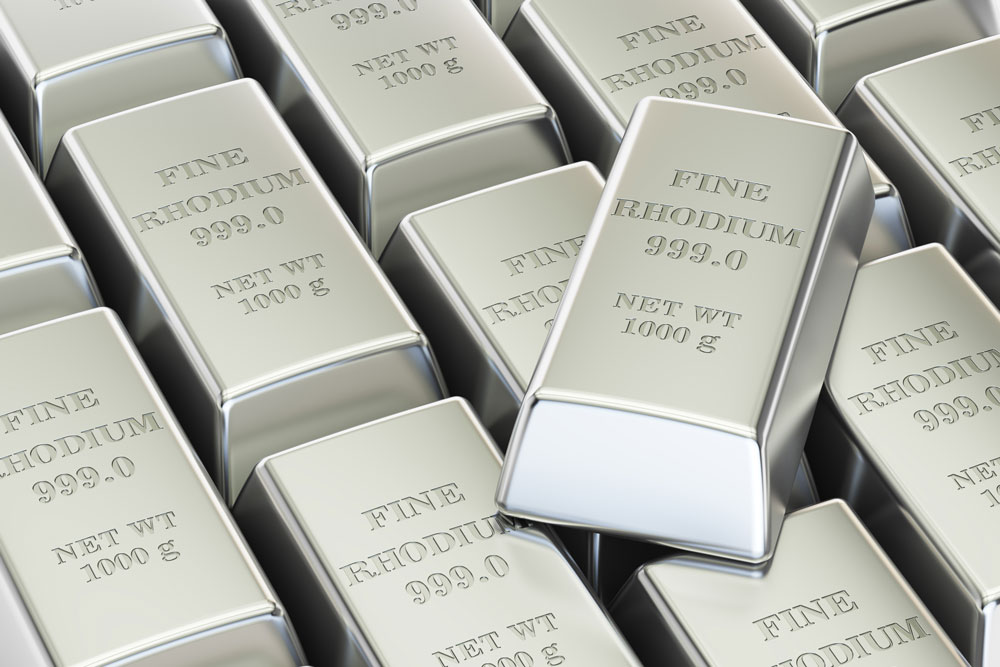
The most pricey precious metal on earth is rhodium. This incredibly rare precious metal is described as an inert transition metal that is strong, silver-white, and resistant to corrosion. Rhodium has quietly become one of the hottest trades at the moment, with a price gain of almost 30% so far this year. Rhodium is one of the most valuable precious metals. In actuality, rhodium costs are far higher than those of gold. Only a small portion of gold is available as rhodium due to its scarcity.
The fact that there are considerably more gold miners than rhodium mines accounts for the significant price difference between the two metals. Due to its exceptional resistance to heat and corrosion, rhodium is a valuable metal that is mostly mined in Russia, South Africa, and Canada. Its reflective surfaces add a magnificent sheen to everything it touches and are used in search lights, mirrors, and jewellery finishes.
Platinum
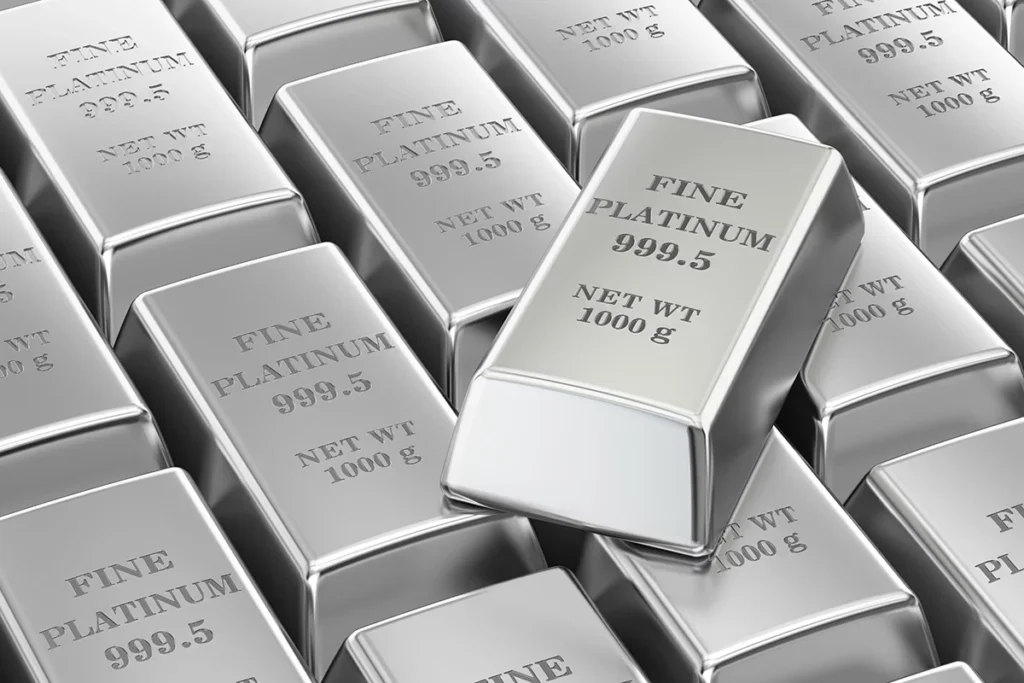
This very malleable metal is highly valued for its bright look and metallic lustre as well as its exceptional resistance to corrosion. Due to its high degree of resistance, platinum, which is mostly used in jewellery, is also utilised in a wide range of weaponry, aircraft, and dentistry equipment. Platinum’s special supply and demand dynamics make it a riskier investment, but they also have the potential to yield extraordinary rewards. The fact that platinum is rarer than gold surprises a lot of investors. Among the top producing nations are South Africa, Russia, Canada, and other nations that process minerals. Lash with heavy rains Tamil Nadu: How Insurance Can Protect Your Vehicle And Home From Climate Disaster
Gold
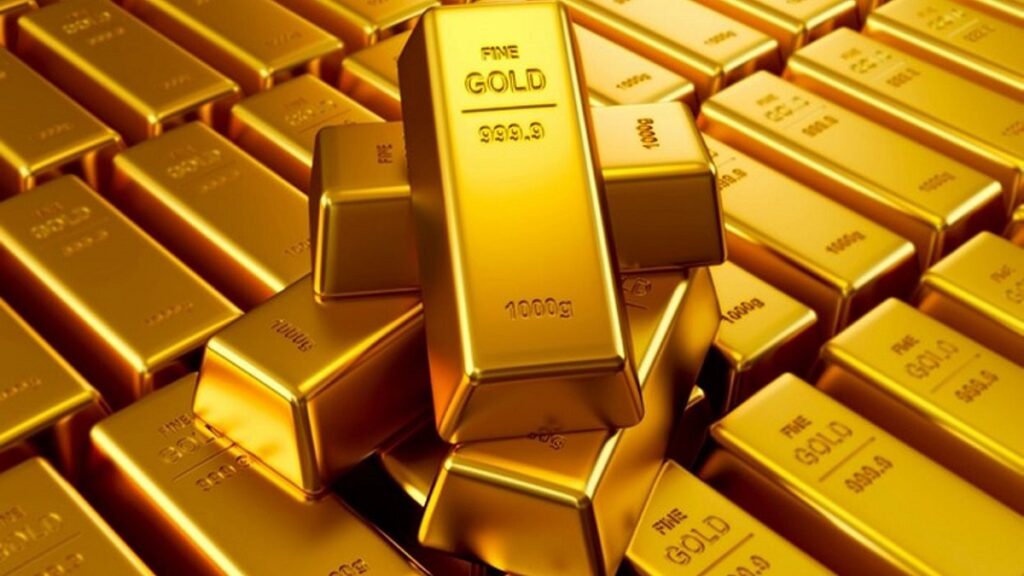
Because of its strength, adaptability, and appeal, gold continues to be the most sought-after metal on the globe even if it is not the rarest. It is a vital part of many devices because of its chemical properties and golden shine. Of sure, gold has a legitimate claim to be a well-known and valued metal. Almost every civilization has utilised gold as money as a representation of wealth, status, and authority; the contemporary world is no different.
Gold holds a special place in our hearts and minds, more so than wedding rings, medals, or even cash. The high cost is due to the fact that it is still rather rare, despite being used extensively for coins, jewellery, and artwork throughout history. The leading producers of gold are China, South Africa, Australia, and the United States.
Ruthenium
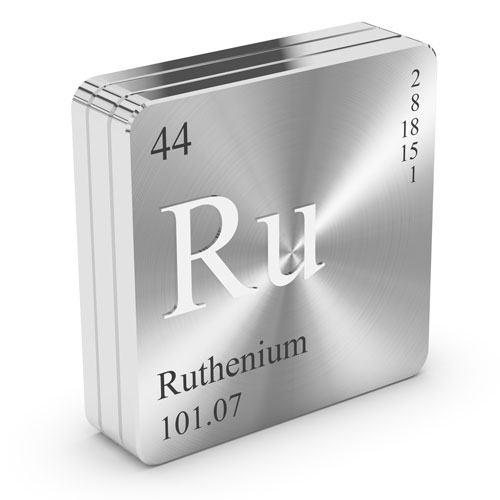
On our list of the priciest precious metals, ruthenium ranks fourth. With the chemical symbol Ru and the atomic number 44, ruthenium is an element. Ruthenium, a cousin of platinum, retains many of the greatest characteristics of the metal group and is widely used as a platinum alloy because of its resilience to external factors. The majority of the time, electrical equipment include it. Palladium and platinum can have their resistance and hardness increased by using it as an alloy. As a plating material for electrical connections, Ruthenium is being employed more often in the electronics sector. Ruthenium is primarily produced by Russia, North and South America, and Canada.
Iridium
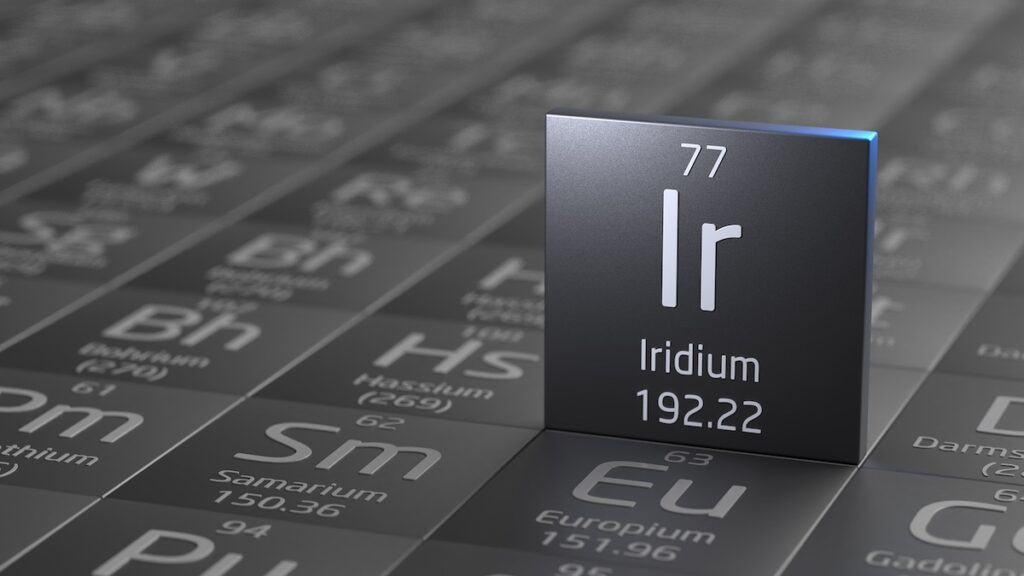
With the second-highest density on Earth, iridium is a hard transition metal that is silvery-white. Large amounts of this metal, which is the most corrosion-resistant, may be found in meteorites and the earth’s crust. Iridium has an absurdly high melting point and a brilliant white look. Being one of the densest elements on Earth, it has greatly advanced electronics, cars, and health.
It is limited to the continent of South Africa. Iridium is created as a byproduct of nickel mining, just like other platinum group metals, and the majority of its deposits are found in Russia and South Africa. Due to its limited availability in the earth’s crust, PGM mining typically comprises just a small portion of a miner’s portfolio.
Osmium metal, which is present in platinum ores and alloys as a trace element. It is the densest element that occurs naturally and is used to make electrical connections and fountain pen nibs. It is found in parts of North and South America and in certain parts of Russia.
Rhenium.
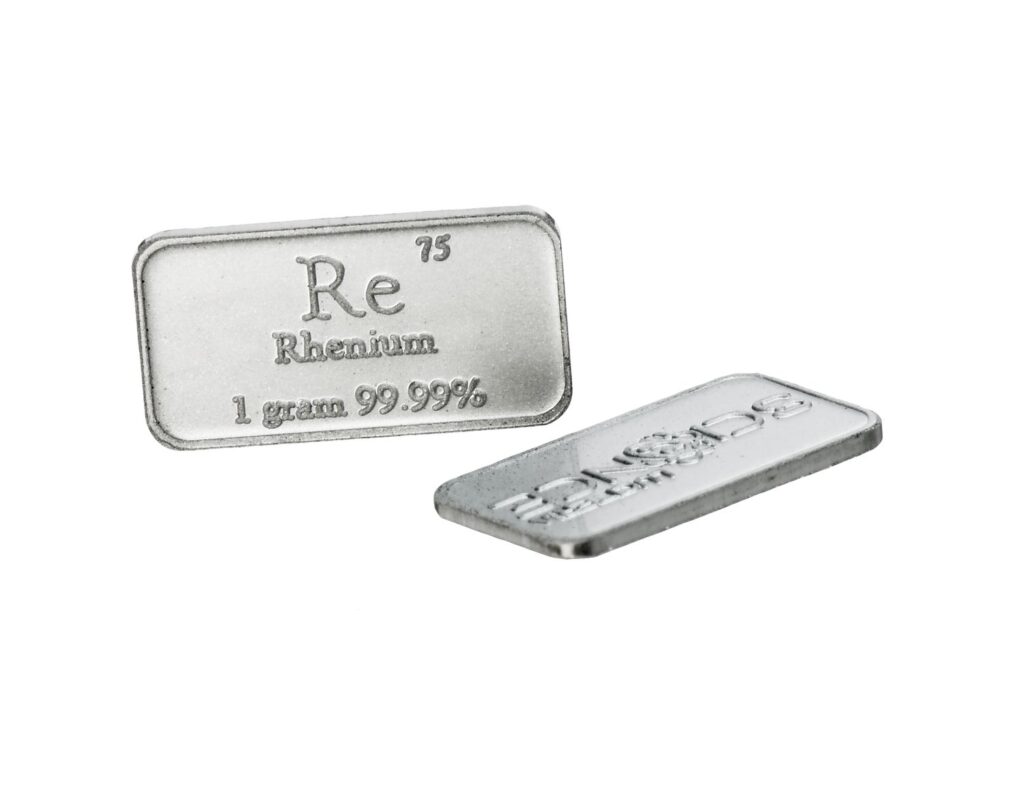
Rhenium has the third-highest melting and boiling temperatures of any stable element, making it one of the rarest metals in the crust of the planet. With the third-highest melting point, it is one among the densest metals. Rhenium is produced as a byproduct of molybdenum, which is essentially a byproduct of copper mining. The top three producers are the US, Chile, and Kazakhstan. It is used in high-temperature turbine engines and added to nickel-based superalloys to increase thermal strength. Other uses include thermocouples, electrical contact material, and filters.
Silver
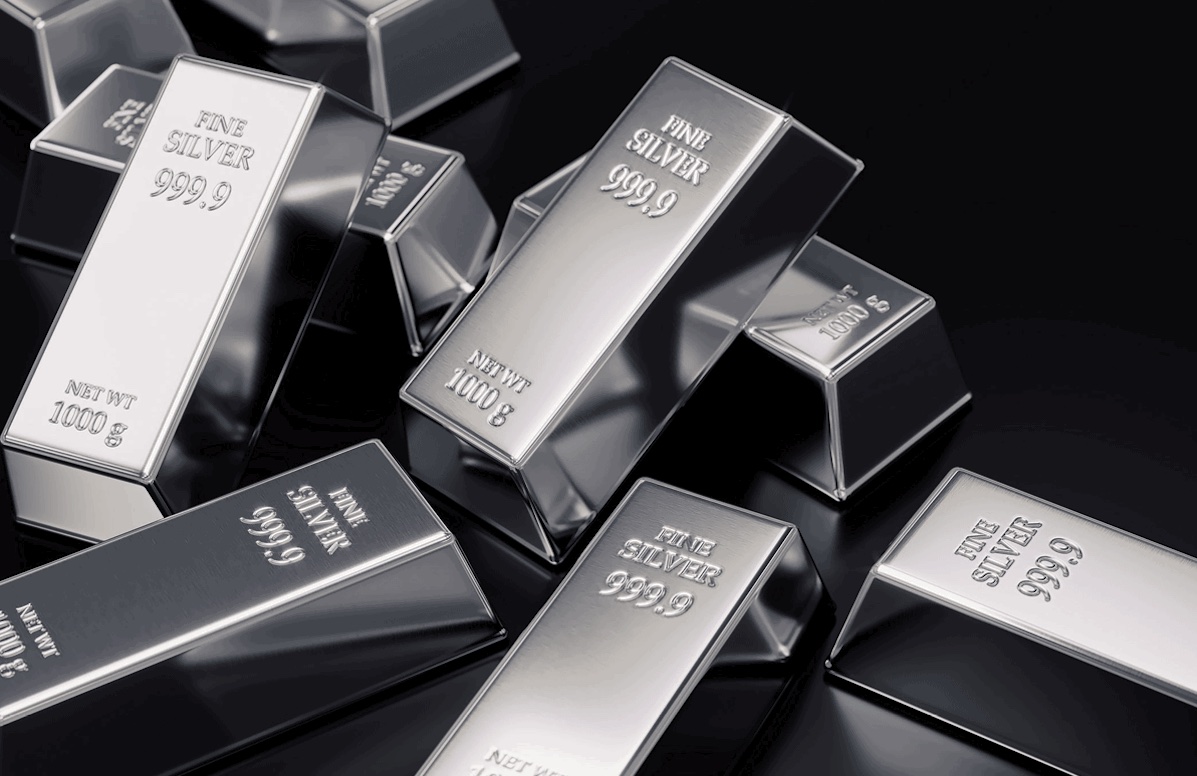
Of all the metals ever found, silver has the highest electrical conductivity, thermal conductivity, and reflectivity. It is present in minerals like argentite and chlorargyrite as well as in an alloy with gold and other precious metals in the crust of the earth. On the other hand, most of the world’s silver is produced as a byproduct of refining gold, lead, copper, and zinc. This metal has the lowest contact resistance and the finest thermal and electrical conductivity of all the metals. The top four producers are Mexico, China, Peru, and Chile.
Scandium
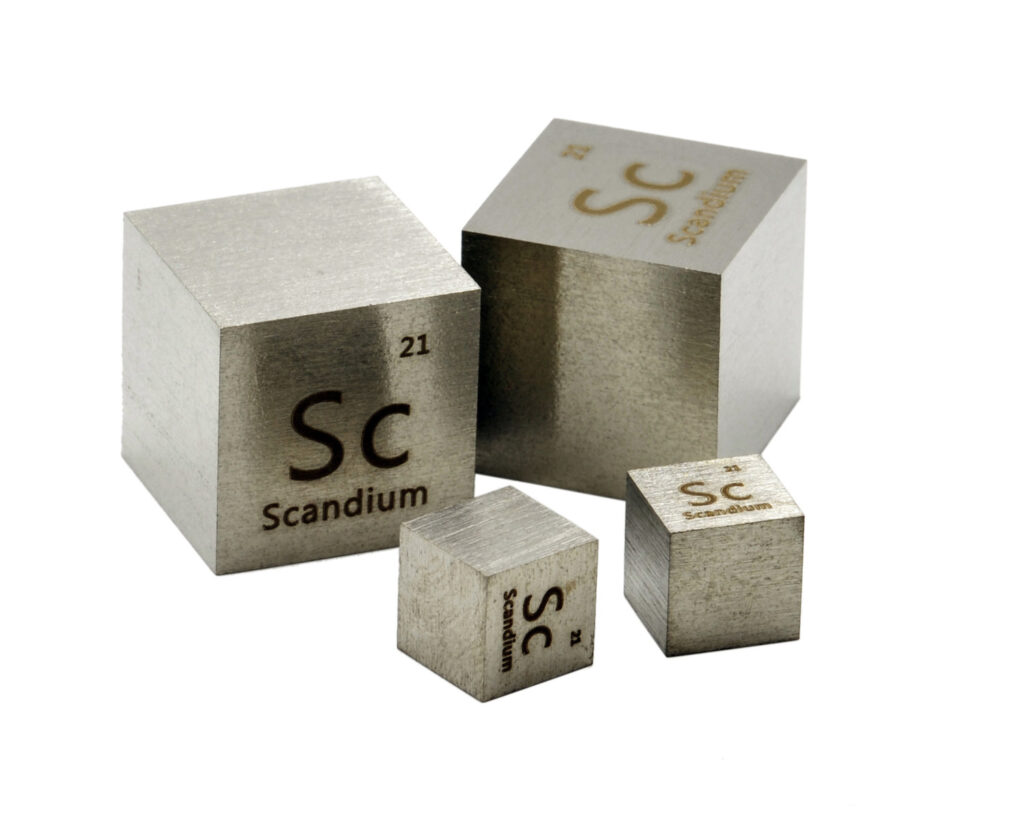
Scandium was found in 1879 by spectrum investigation of the minerals euxenite and gadolinite in Scandinavia. Its Scandinavian name is attributed to the Swedish physicist Lars Nilsson. It has always been categorised as a rare-earth element and has a metallic silvery-white colour. Although it can be found in most uranium-based and rare-earth deposits, it is only extracted from certain ores in a small number of mines worldwide.
Indium

Indium, a post-transition metal that makes up roughly 0.21 parts per million of the Earth’s crust, is the softest metal on the planet, except from alkali. The melting temperature of indium is marginally lower than that of lithium and tin but marginally higher than that of sodium and gallium. It was discovered in 1863 by Ferdinand Reich and Hieronymous Theodor Ritcher using spectroscopic techniques. Because of the indigo blue line in its spectrum, it was given the name Indium. The top three manufacturers are South Korea, China, and Japan respectively.
Is Precious Metals a good career path
The various advantages of working in the precious metals industry should be considered if you’re considering a career in this area.
Accessible to everyone
One of the great benefits of using precious metals is that they are virtually always easily accessible. Gold decorations have been a widespread technique for hundreds of years, since people first started adorning their clothing and artefacts. Gold was prized as a valuable metal by many ancient cultures all over the world (just think of Egyptian mummies). Similar patterns are seen right now: Due to their exquisite appearance and high price, gold and silver are the most sought-after jewellery materials.
Rich Income
Among the first advantages is the ability to make a respectable living. The US Bureau of Labour Statistics projects that the average yearly salary for an industrial arts instructor is $56,000. However, this is only one career path that may be taken after earning an industrial arts degree.
Extensive Network
There are many chances to network with other industry professionals, broadening your professional network and propelling your career development, in addition to learning about the area and its evolution.
Extremely Profitable
The company has a strong track record of profitability. The labour market is always full with prospects, and newcomers to the industry will benefit from the company’s stability. Prospects in the precious metals sector are often solid and well-paid. It doesn’t matter what happens to the economy or stock market. Precious metals are projected to continue to thrive and prosper since they are essential to our modern way of life. Silver, gold, and other precious metals are used in a wide range of products, from mobile phones to medical gadgets.
Benefits of working with precious Metals
You should consider the numerous advantages of working in the precious metals industry if you’re considering a career in this area.
Publicly accessible
The fact that precious metals are practically always easily accessible is one of their many great benefits. Since humans first started adorning their items and garments, hundreds of years ago, gold-colored decorations have been a prevalent activity. Many ancient societies across the world regarded gold as a valuable metal (just think of Egyptian mummies). Current trends show similar patterns: Because of their exquisite appearance and high cost, gold and silver are the most sought-after metals for jewellery.
Rich Income Level
One of the first advantages is being able to make a good living. According to US Bureau of Labour Statistics estimates, the average yearly salary for an industrial arts instructor is around $56,000. However, after receiving training in the industrial arts, this is only one career path that can be chosen.
Broad-based Network
Apart from gaining knowledge about the area and its evolution, there are enough possibilities to establish connections with other industry professionals, broadening your professional network and propelling your career development.
Extremely Lucrative
High profitability is a defining feature of the company. There are always plenty of employment openings available, and prospects for new hires are enhanced by the company’s stability. Precious metals businesses typically offer secure, well-paying employment opportunities. It makes no difference what happens to the economy or the stock market. The precious metals sector is predicted to develop and prosper since precious metals are essential to our contemporary lifestyles. Silver, gold, and other precious metals are used in many different products, ranging from cell phones to medical equipment.

